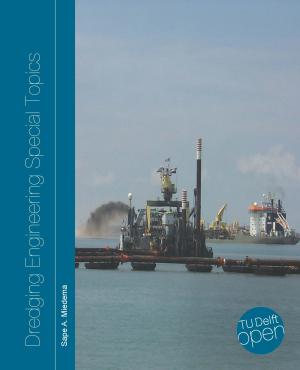Dredging Engineering: Special Topics
Keywords:
dredging, hopper sedimentation, cutter spillage, water jets, erosion
Synopsis
In dredging, production estimating is carried out mainly with analytical physical models of the different dredging processes.
Slurry transport of settling slurries and cutting processes in sand, clay and rock are already covered in two other books by the author.
Other processes like hopper sedimentation and erosion, water jet fluidization, cutter head spillage, pump/pipeline dynamics and clamshell dredging are covered in this Special Topics Edition.
New topics may be added in the near future.

Published
June 27, 2019
Copyright (c) 2019 Sape A. Miedema
License

This work is licensed under a Creative Commons Attribution-NonCommercial-ShareAlike 4.0 International License.
Details about the available publication format: Download PDF
ISBN-13 (15)
978-94-6366-174-4


